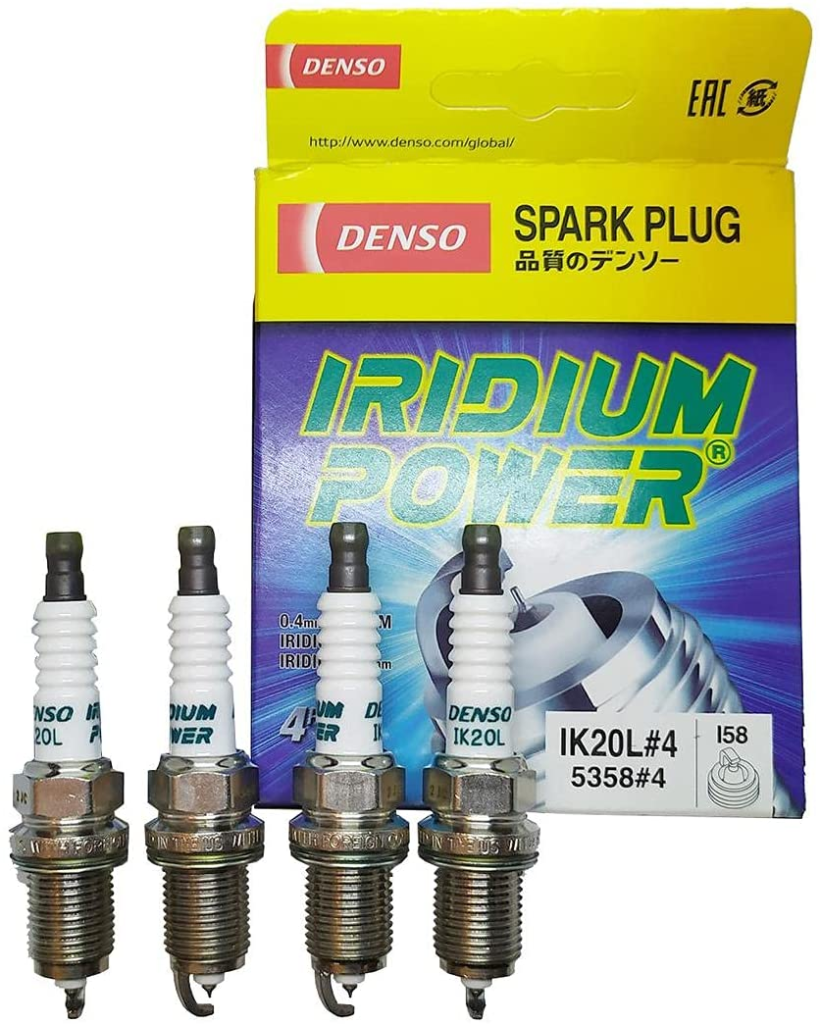
You may avoid costly car trouble in the future by learning how to identify potential issues and figuring out how dependable a used car is. You may get a good deal and stay away from lemons by using the following suggestions. Checking and maintaining your car regularly is essential to keep it in peak shape. Additionally, it can contribute to the protection of all road users, including other motorists and passengers. Here are some tips to keep your car in good working order.
01. Replace filters regularly

Regularly replacing your car’s oil filter and air filter is crucial since they silt up over time. You can frequently extend the life of the air filter by cleaning it as well. For instructions on filter cleaning and replacement, refer to your owner’s manual. Only use genuine components. Long-term engine damage could result from using cheap, subpar filters. Although both should have been changed as part of routine auto maintenance, especially the air filter switch, they are both rather simple tasks, so you might want to do them yourself to save money. See: Puroma Cabin Air Filter
02. Keep things tidy and hygienic
Wash your automobile frequently to remove tough stains from the paint and preserve the color. Clean the cabin properly to get rid of odors, keep it fresh, and keep bugs out. Fill up for maintenance. Fill your fuel tank halfway or completely to avoid moisture accumulation that could lead to rust and corrosion. Increase tire pressure to the appropriate level to reduce the possibility of sidewall cracks and flat patches. To reduce the chance of harming your tires, move your car forward and backward.
03. Ensure comfort
Ensure that your vehicle is either covered with a car cover or is placed in a secure, enclosed space. This will shield your car from potential paint-damaging impacts, scratches, dirt, and strong sunlight. Keep dangerous animal feces and stray twigs and leaves off of your car.
04. Preserve the battery

- If the car isn’t used at least once every few weeks, the battery will eventually lose its juice.
- To keep the battery charged, start your automobile for 20 to 30 minutes every three to four days.
- To avoid the clutch pedal sticking on a manual transmission, depress it many times.
- Turn on the blower while running the air conditioner to clear the ventilation system of any debris or foreign objects.
- Every time you start your car, use a wire brush or plastic brush to remove any debris or dust from the battery.
05. Using light brakes
Avoid using the handbrake or foot brake for extended periods of time to avoid becoming stuck. If your car has a manual transmission, keep it in first gear or reverse. If your car has an automatic transmission, leave it in park. To stop the car from moving, use wheel blocks like a large piece of wood or a brick.
06. Prevent putting your foot on the clutch and your hand on the gearstick
Avoid placing your hand on the gearstick and your foot on the clutch. Some motorists have a tendency to operate the vehicle with the clutch pedal depressed. As a result, excessive friction is created when the clutch release bearing comes into contact with the clutch cover. The clutch may suddenly wear out over time. In parallel to this, it can be enticing to keep your hand on the gearstick when shifting gears, but doing so puts stress on the selector fork and other internal components. The increased friction hastened the gearbox’s deterioration. Make an effort to develop the habit of placing your left foot somewhere else in the footwell and shifting your hand to the steering wheel.
07. Use the brakes to slow down
Instead of downshifting, use the brakes to slow down. Your powertrain, particularly the clutch and transmission, can be damaged by engine braking or gear shifting to slow down. When you drive, especially at higher speeds, using your gears to brake might reduce the life of your engine. If you downshift many times, the damage will be significantly greater. Your brake pedals are your best buddies when it comes to avoiding transmission damage and ought to be your first option when slowing down.
08. Check the Spark plugs

Drivers are obviously less likely to perform their own maintenance as cars become increasingly complex. However, another simple task you can complete on your own to improve the running of your engine is replacing the spark plugs and high-tension leads. But keep in mind that you should always read your vehicle’s manual first and follow the maintenance plan.
An engine’s health can be hinted at by a spark plug that needs to be replaced because of wear over time. A comparatively new plug that has a sizable gap with both the electrode and the insulator may be a warning that the engine isn’t operating at peak efficiency. Leads need to be replaced if they develop cracks or exhibit severe wear. We advise having this done by a professional shop, but if you have the know-how and confidence, you could do it yourself as long as you adhere to the instructions in your vehicle’s manual.
08. Check car fluids frequently

Once every two weeks, pull the dipstick from the engine and check the oil level by lifting the hood when the car is on level ground. After wiping it down with a rag, dip it. If your car has a petrol engine, the oil level as it comes back out should be between the minimum and maximum indicators and be a light yellowy-brown color. Replace any oil that is dark or soiled. Dark-colored oil isn’t a problem with a diesel car because soot collects in diesel engine oil as part of the regular combustion process. Car engine oil can be replaced every 5,000 to 10,000 kilometers, depending on the oil classification. Check Valvoline Fully Synthetic here
09. Avoid driving on rutted, unpaved, gravel, or uneven roads.
Your car suspension, tires, and exhaust are all severely damaged by potholes. In certain situations, the sharp edges on badly maintained roadways can deflate tires and cause sidewall bulges and tread separation. Driving through crater-like holes can cause suspension to become out of alignment and shocks to sustain damage.
Deeper holes may potentially damage catalytic converters, which would result in holes and a loss of power. To prevent wear and tear, it is preferable to travel on roads with smoother surfaces wherever possible. Learn how to file a damage claim and report a pothole.
10. Avoid running out of gasoline or diesel
Experts says you should avoid running out of petrol. Your gasoline pump will try to start your automobile by drawing on air, debris, and sediment from the fuel tank’s bottom when you run out of gas. Keeping fuel levels high can help you avoid more costly future repair costs.
Unnecessary elements have the tendency to clog the system, damage your pump and filters over time, block fuel, and even make it impossible for your car to start. Diesel vehicle owners should be especially wary of low fuel levels since their engines’ potent injectors force a lot of air into the system, which might impede the engine from starting over.







Hello! Do you know if they make any plugins to help with Search Engine Optimization? I’m trying to get my
blog to rank for some targeted keywords but I’m not seeing very good results.
If you know of any please share. Cheers! You can read similar text here:
Wool product